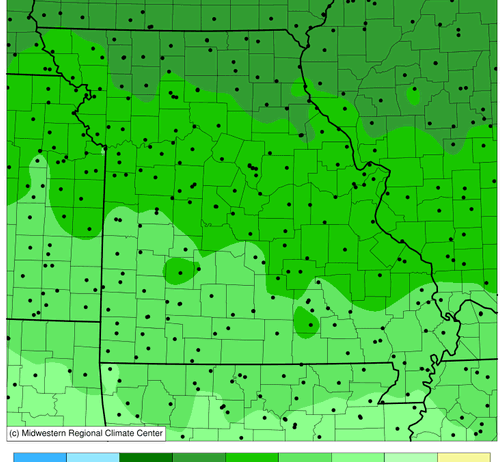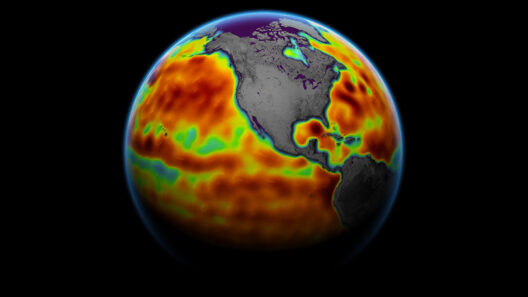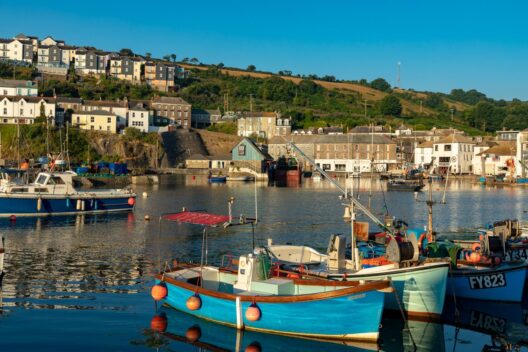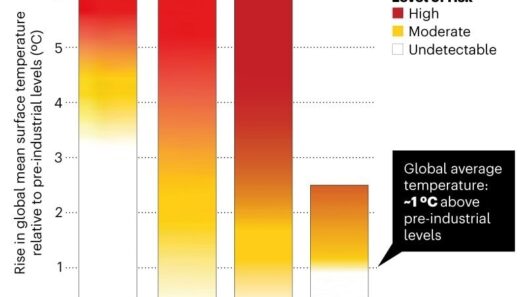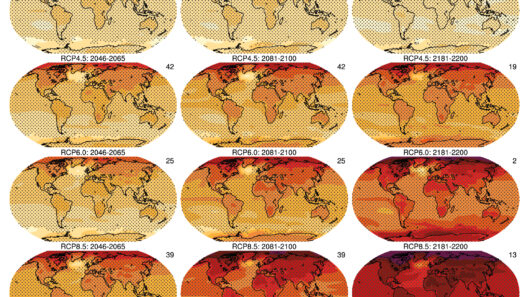What is the climate in Missouri? This question might prompt a playful response: have you ever wondered if climate change in Missouri is invited to every season’s party or if it prefers to stay backstage? The reality is that Missouri’s climate is characterized by two distinct extremes: humid summers and icy winters. Understanding this biennial ballet of meteorological conditions reveals much about the state’s ecological framework and the lifestyles of its inhabitants.
Situated in the heart of the United States, Missouri experiences a humid continental climate, which lends itself to four distinct seasons. The warmth of summer often creeps into the high 80s and low 90s Fahrenheit, while the winters can plunge into frigid temperatures, sometimes even below zero. This variation is not merely a matter of perspective; it shapes the flora and fauna, the economy, and the daily lives of the residents.
As spring flirts with the state, the transition to summer is almost instantaneous. May and June can deliver a sultry atmosphere, characterized by high humidity levels, often reaching 70% or more. Thunderstorms become commonplace, stemming from the warm and moist Gulf air colliding with cooler air from Canada. The resulting convection can produce formidable severe weather phenomena, including tornadoes and damaging hail. Residents and visitors often find themselves grappling with the unpredictability of summer storms—a potential challenge for outdoor activities and agriculture alike.
Yet, the balmy months are not solely about discomfort. Missouri’s summer can be a showcase of natural beauty, with blooming wildflowers and lush landscapes. The state boasts a rich biodiversity, including species such as the Eastern Redbud, which proudly displays its pink blossoms in late spring and summer. Wildlife flourishes, with many species active during the warmth of the season, from the industrious deer to the vibrant butterflies. This splendor, however, is paralleled by a persistent challenge: the growing incidence of heatwaves, which can precipitate health hazards, particularly for vulnerable populations.
As summer wanes, the state eases into its vibrant autumn. This season is characterized by stunning foliage as trees transform into a palette of reds, oranges, and yellows. The harvest season is marked by an abundance of agricultural activity. Missouri is home to various crops, including corn and soybeans, and the culmination of these harvests plays a vital role in the economy. However, it is essential to recognize that climate change is also casting a shadow over these beautiful seasons. Increasing temperatures can affect crop yields and threaten the livelihoods of farmers, creating an urgent need for adaptive strategies in agriculture.
Then comes winter, an enchanting yet harsh counterpart to summer’s warmth. December through February can present icy landscapes, with temperatures frequently dipping into the low 30s or even lower. Snowfall can blanket the Missouri landscape, transforming it into a winter wonderland that attracts both residents and tourists alike. The snow-covered hills become playgrounds for winter sports enthusiasts, but the icy conditions can also present significant hazards. Roads can become treacherous, and the cold can be detrimental to those unprepared for the blustering chill.
Midwestern winters also bring the phenomenon of wind chill—an often underestimated adversary. The perceived temperature can plummet due to strong winds, compelling individuals to protect themselves against the elements. It is a season that demands resilience. Unfortunately, cold snaps are becoming frequent with climatic changes, leading to unpredictable winter conditions and significant stress on public services as they scramble to respond to winter-related emergencies.
Missouri’s climate is not stagnant; it is a dynamic system influenced by global climate change. As temperatures continue to rise and extreme weather events become more prevalent, the balance that sustains this environment faces unprecedented challenges. One might wonder: how will future generations experience the summers and winters of Missouri? The answer remains to be seen, and it compels a collective response to mitigate the pressures of climate change.
Mitigation efforts are already underway across the state, with communities working towards sustainable practices in energy consumption, agriculture, and transportation. Transitioning to renewable energy sources and investing in green infrastructure is essential not only to combat climate change but also to adapt to its inevitable impacts. Monitoring water resources carefully and implementing conservation measures ensure that Missouri’s precious wildlife and residents have access to clean water, even during periods of drought.
As you ponder the climate in Missouri—humid summers and icy winters—consider what steps you can take to contribute to the fight against climate change. Every small action can lead to significant impact. Whether it is reducing personal carbon footprints, advocating for policy changes, or simply educating oneself and others about the environment, each effort counts. The pressing question looms: will we rise to the challenge to protect the beauty and stability of Missouri’s diverse climate? The responsibility falls upon us, and the journey towards a sustainable future begins with understanding and action.



